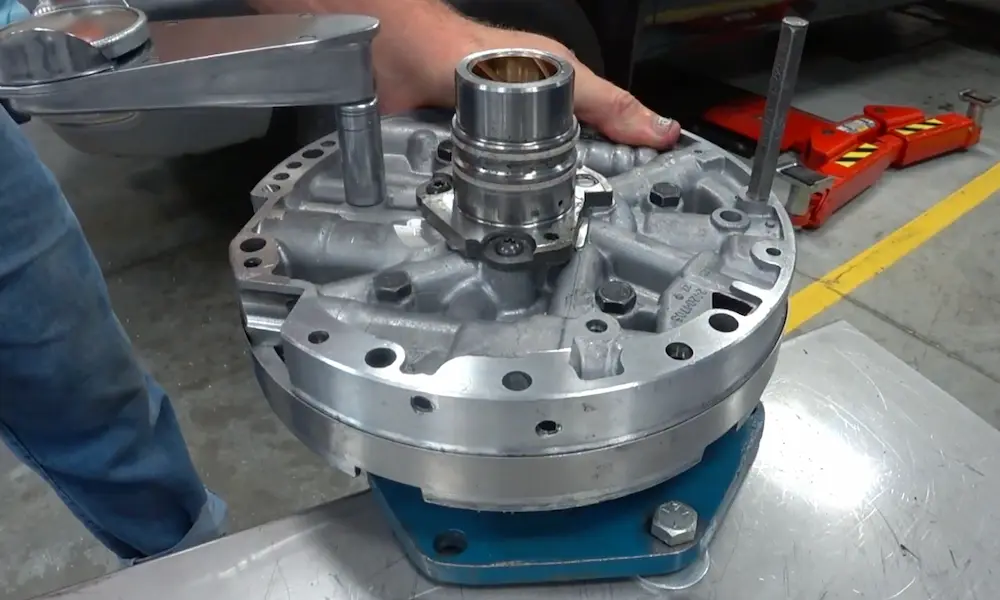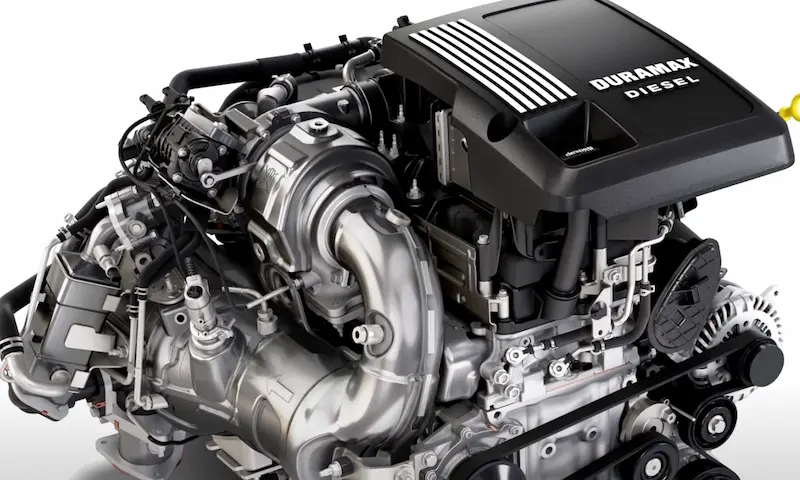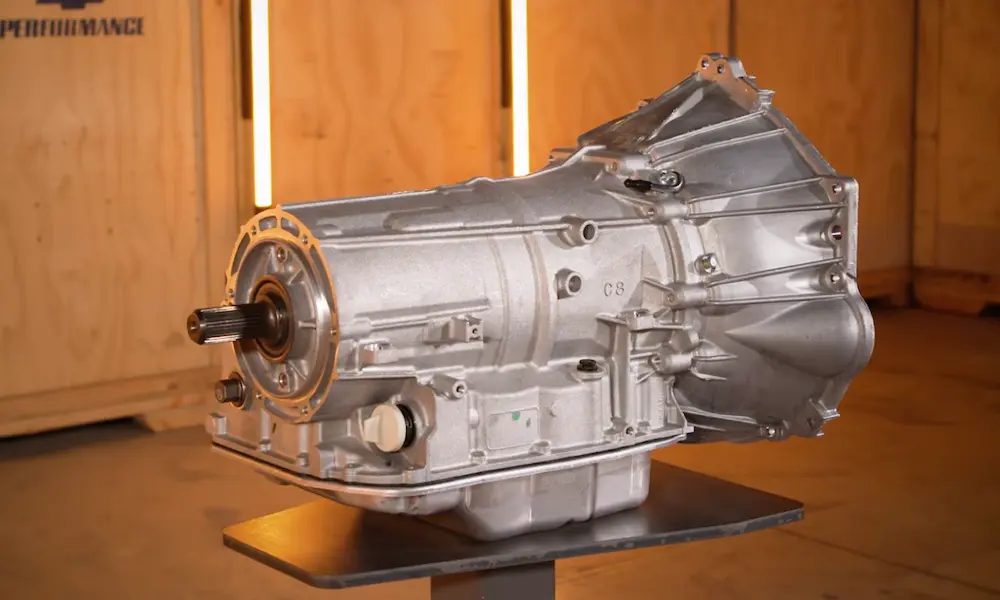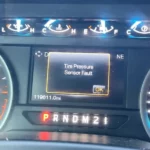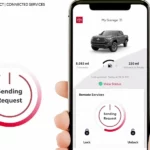That dreaded dashboard message “Service Exhaust Fluid System” can strike fear into any diesel vehicle owner. If you’ve seen this warning light up your dashboard, you’re facing a situation that needs attention—but don’t panic just yet.
What Is Diesel Exhaust Fluid?
Diesel Exhaust Fluid (DEF) is a crucial component in modern diesel engines. It’s a simple mixture—32.5% urea and 67.5% deionized water—but it plays a mighty role in keeping your vehicle running cleanly and legally.
DEF works with your vehicle’s Selective Catalytic Reduction (SCR) system to break down harmful nitrogen oxide emissions into harmless nitrogen and water vapor. Without this process, your diesel would pump significantly more pollutants into the atmosphere.
The fluid itself is:
- Clear and colorless
- Non-toxic and non-flammable
- Slightly alkaline (so it can be corrosive to certain metals)
- Known by different names globally (AdBlue in Europe, AUS 32 in some international standards)
Your vehicle typically consumes DEF at a rate of 2-6% of your diesel consumption. For most drivers, that means refilling during regular maintenance intervals.
How the DEF System Works
The DEF system is an elegant solution to a complex emissions problem:
- Your engine’s control module monitors nitrogen oxide levels in the exhaust
- The DEF pump delivers fluid from the storage tank to an injector
- The injector sprays precise amounts of DEF into the hot exhaust stream
- The heat converts DEF into ammonia
- Inside the catalytic converter, this ammonia reacts with harmful NOx emissions
- The chemical reaction transforms pollutants into harmless nitrogen and water
This entire process happens automatically as you drive, requiring no input from you unless something goes wrong.
What Does the “Service Exhaust Fluid System” Warning Mean?
When your vehicle displays “Service Exhaust Fluid System,” it’s telling you there’s a problem with this emissions control system that needs attention. This isn’t just a friendly suggestion—it’s a critical warning that can lead to significant consequences if ignored.
The warning typically appears on your instrument panel or driver information center. In some vehicles, it may be accompanied by additional messages like “See Dealer” or a countdown of miles remaining before restrictions begin.
Warning Progression: What to Expect
If you ignore the initial warning, most vehicles implement a graduated response system:
- Initial Warning: The dashboard message appears with no performance impact
- Second Stage: A countdown appears showing miles remaining before restrictions
- Restriction Phase: Engine performance begins to decrease (often called “derating”)
- Severe Limitation: In extreme cases, vehicle speed may be limited to as low as 4 mph
This isn’t the manufacturer being mean—it’s actually required by emissions regulations to ensure vehicles don’t operate for extended periods with malfunctioning emissions systems.
Common Causes of DEF System Warnings
Low DEF Fluid Level
The most common and easiest-to-fix cause is simply running low on fluid. Your vehicle constantly monitors the DEF level and will trigger the warning when it drops below a certain threshold.
Unlike your fuel gauge which might give you a generous buffer, DEF warnings typically begin when you have about 1,000 miles of driving range remaining with your current fluid level.
Contaminated DEF Fluid
DEF must maintain strict purity standards to function properly. Contamination can occur from:
- Using poor-quality DEF that doesn’t meet ISO 22241 standards
- Storing DEF in improper containers (it should only be kept in dedicated DEF containers)
- Accidentally mixing other fluids with DEF
- Using dirty funnels or equipment when filling
Contaminated fluid can cause crystallization within the system, blocking injectors and damaging components.
Cold Weather Issues
DEF freezes at approximately 12°F (-11°C), which can cause system problems in cold climates. Modern vehicles include DEF tank heaters to prevent this, but if these heaters malfunction, you may see warnings in cold weather.
The good news: freezing doesn’t harm the fluid itself—once thawed, it returns to normal. The bad news: a frozen system can’t operate properly until it warms up.
Sensor Failures
Your DEF system relies on multiple sensors to function correctly:
- Tank level sensors
- NOx sensors (before and after the catalyst)
- Temperature sensors
- Quality sensors
When any of these sensors fail or provide incorrect readings, the system may trigger a warning. Sensor issues are common as vehicles age, particularly in harsh environments where corrosion can affect electrical connections.
Pump and Injector Problems
The DEF pump delivers fluid from the tank to the injector, which then precisely sprays it into the exhaust stream. Problems with either component can trigger warnings:
- Clogged injector nozzles from crystallized DEF
- Worn pump components
- Pressure irregularities
- Electrical failures
These issues often require professional diagnosis, as the components are typically not easily accessible for DIY repairs.
The Consequences of Ignoring the Warning
Ignoring the “Service Exhaust Fluid System” warning is never a good strategy. Here’s what you can expect if you try to push through:
Immediate Performance Effects
As the system progresses through its warning stages, you’ll notice:
- Reduced engine power (particularly when accelerating)
- Limited top speed
- Decreased fuel economy
- Rougher engine operation
These restrictions are deliberately programmed to encourage you to address the problem before more severe consequences occur.
| Warning Stage | Performance Impact | Driver Experience |
|---|---|---|
| Initial Warning | None | Dashboard warning only |
| Secondary Warning | Slight power reduction | Noticeable during acceleration |
| Restriction Stage | Significant power reduction | Difficulty maintaining highway speeds |
| Final Stage | Speed limited to 4-5 mph | Vehicle essentially unusable |
System Damage Risk
Beyond performance impacts, continuing to operate with DEF system issues can cause expensive damage:
- Crystallization in the DEF lines and injectors
- Damage to the SCR catalyst from improper fluid ratios
- Overheating components due to improper operation
- Accelerated wear on sensors and pumps
Repairs to these systems can easily run into thousands of dollars, making it financially prudent to address warnings promptly.
How to Fix DEF System Problems
Refilling Low DEF Levels
If your warning is triggered by low fluid level, the fix is straightforward:
- Park on level ground
- Locate your DEF tank (usually near the fuel tank or in the trunk)
- Remove the blue DEF cap (not your fuel cap!)
- Add DEF until the reservoir is filled to the recommended level
- Replace the cap securely
- Start the engine and drive
Most vehicles will clear the warning automatically after a short drive, though some may require a few drive cycles to reset completely.
Clean or Replace Contaminated DEF
If you suspect contamination:
- Drain the existing DEF fluid completely
- Clean the tank with distilled water if possible (never use tap water)
- Refill with fresh, high-quality DEF from a reputable source
- Reset the system (may require professional tools)
For severe contamination, you may need professional cleaning of the entire system, including lines and injectors.
Addressing Sensor Issues
Failed sensors typically require replacement. While DIY-minded owners might handle some sensor replacements, many are in difficult-to-access locations or require specialized tools for calibration after installation.
Common sensor issues include:
- Crystallized DEF on sensor contacts
- Corroded electrical connections
- Internal sensor failures
- Wiring harness damage
A professional diagnostic scan can identify exactly which sensor is causing the problem, saving you from replacing components unnecessarily.
System Reset Procedures
After fixing the underlying issue, you may need to reset the system:
- Disconnect both vehicle batteries (if dual battery system)
- Touch the positive and negative cables together (away from the batteries) to discharge residual power
- Wait 30 minutes to ensure all capacitors discharge
- Reconnect the batteries
- Start the vehicle and allow all systems to initialize
- Drive the vehicle through a complete drive cycle
Some vehicles may require professional diagnostic equipment to clear stored fault codes completely.
Preventive Maintenance Tips
Use High-Quality DEF Only
Not all DEF is created equal. To prevent problems:
- Purchase DEF that meets ISO 22241 standards
- Buy from reputable retailers or dealerships
- Check the manufacturing date (shelf life is typically 1-2 years)
- Store unopened containers in a cool, dry place away from direct sunlight
Saving a few dollars on discount DEF isn’t worth the potential system problems it can cause.
Regular Checks and Maintenance
Make these practices part of your routine:
- Check DEF levels before long trips
- Inspect the DEF tank area for crystallization or leaks
- Follow manufacturer-recommended maintenance schedules
- Address warning lights promptly
- Have the DEF system professionally inspected during regular service intervals
| Maintenance Task | Frequency | DIY Difficulty |
|---|---|---|
| Check DEF level | Every 5,000 miles | Easy |
| Inspect for leaks | Every oil change | Easy |
| Replace DEF filter (if equipped) | Per manufacturer schedule | Moderate |
| System diagnostic scan | Annually | Requires professional equipment |
Cold Weather Considerations
If you live in a cold climate:
- Keep your DEF tank at least half full during winter months
- Consider adding DEF just before driving (not when parking long-term)
- Store DEF indoors if possible
- Don’t worry if the fluid freezes—it won’t damage the DEF itself
- Allow extra warm-up time for the DEF system in extremely cold conditions
Modern vehicles have heating systems for DEF tanks, but these take time to thaw frozen fluid.
Understanding DEF Quality and Storage
The quality of your DEF directly impacts system performance. Here’s what you need to know:
DEF Shelf Life
Unlike diesel fuel, DEF has a limited shelf life:
- Typical shelf life: 12-24 months from manufacture date
- Optimal storage temperature: 12°F to 86°F (-11°C to 30°C)
- Exposure to direct sunlight reduces shelf life
As DEF ages, its effectiveness decreases, potentially leading to system issues and increased emissions.
Proper Storage Practices
Whether storing DEF for your fleet or just keeping a spare container:
- Keep containers tightly sealed
- Store in temperature-controlled environments
- Never reuse DEF containers for other fluids
- Don’t store near high heat sources or direct sunlight
- Use dedicated DEF handling equipment (funnels, pumps, etc.)
Following these guidelines helps maintain fluid quality and prevent contamination that could damage your system.
The Environmental and Legal Importance of DEF
The DEF system isn’t just another vehicle component—it’s a critical emissions control technology with regulatory importance:
Emissions Reduction Impact
A properly functioning DEF system can reduce nitrogen oxide emissions by up to 90%. These emissions contribute to:
- Ground-level ozone formation
- Smog in urban areas
- Respiratory issues in vulnerable populations
- Acid rain and environmental damage
By maintaining your DEF system, you’re contributing to cleaner air and reduced environmental impact.
Regulatory Compliance
The restrictions that come with DEF system warnings aren’t simply manufacturer choices—they’re required by emissions regulations. Tampering with or disabling DEF systems is:
- Illegal under federal law
- Subject to significant fines
- Grounds for failing emissions tests
- Potentially damaging to resale value
Some owners are tempted to seek “delete kits” or other workarounds, but these modifications can lead to serious legal consequences and environmental harm.
Common Misconceptions About DEF Systems
Let’s clear up some frequent misunderstandings:
“DEF is just a way for manufacturers to make more money”
While DEF does represent an ongoing cost, the technology has allowed diesel engines to continue operating under increasingly strict emissions standards. Without SCR systems, many diesel vehicles simply couldn’t meet these standards.
“I can use homemade DEF to save money”
DIY DEF is extremely risky. The precise 32.5% urea concentration is critical for proper function, and impurities can cause expensive system damage. The savings aren’t worth the risk.
“DEF systems can be safely removed or bypassed”
Besides being illegal, removing or bypassing DEF systems:
- Voids your vehicle warranty
- May trigger check engine lights and reduced performance
- Can lead to expensive repairs when selling or trading in
- Contributes to harmful pollution
The financial and environmental costs far outweigh any perceived benefits.
Real-World DEF System Experiences
Most diesel owners find that with proper maintenance, DEF systems are reliable and trouble-free. Typical DEF consumption rates mean refilling every 5,000-10,000 miles for most drivers, making it a simple part of regular service.
Many fleet operators report that DEF-related issues decrease significantly when they:
- Train drivers on proper filling procedures
- Use high-quality DEF from consistent suppliers
- Implement preventive maintenance schedules
- Address warning lights immediately
With these practices, the “Service Exhaust Fluid System” warning becomes a rare occurrence rather than a regular headache.




